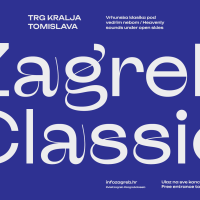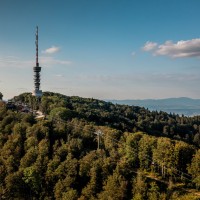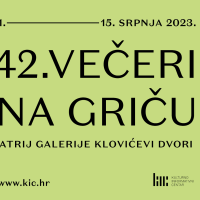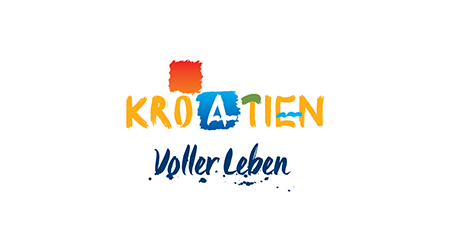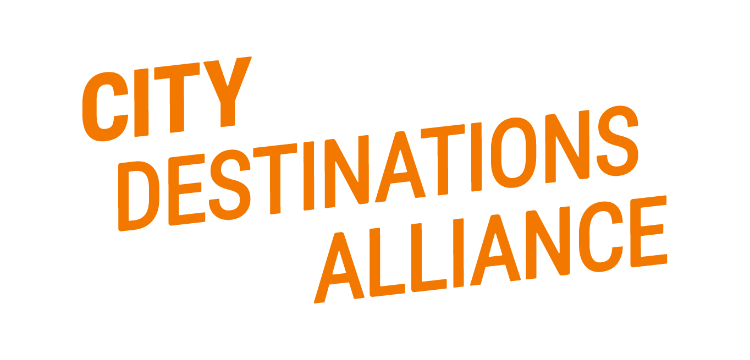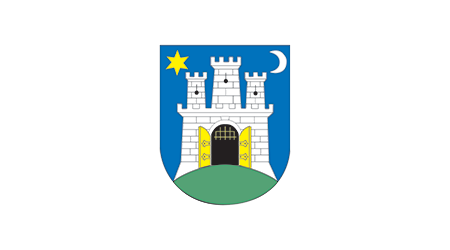The Zagreb funicular is the second best in Europe
According to visitors of the website European Best Destinations, a non-profit organization for the promotion of culture and tourism, the Zagreb funicular is the second best in Europe.
 According to the results of research conducted on social networks and the website European Best Destinations, a non-profit organization for the promotion of culture and tourism, the Zagreb funicular is the second best in Europe. After Zagreb was voted the second best destination in Europe, the Croatian capital’s funicular, which is the shortest in the world, also gained sympathies from Zagreb’s visitors, who ranked it second only after the Bica funicular of Lisbon, and ahead of other funiculars in Portugal, France, Hungary and Switzerland.
According to the results of research conducted on social networks and the website European Best Destinations, a non-profit organization for the promotion of culture and tourism, the Zagreb funicular is the second best in Europe. After Zagreb was voted the second best destination in Europe, the Croatian capital’s funicular, which is the shortest in the world, also gained sympathies from Zagreb’s visitors, who ranked it second only after the Bica funicular of Lisbon, and ahead of other funiculars in Portugal, France, Hungary and Switzerland.
The Zagreb funicular is one of the city’s main tourist attractions, but it is also a major landmark of the Croatian capital. The citizens of Zagreb have been using the world’s shortest cable funicular, running just 66 metres in length and connecting the downtown with the Upper Town, for more than a century. It was opened in 1890 and was steam-powered until 1934. It has remained completely original to this day, and it is therefore protected as a cultural monument. The lower station is located on Tomićeva Street, adjacent to Ilica, while the upper station is located beneath Lotršćak Tower at the Strossmayer Promenade in the Upper Town.
The Zagreb funicular was built thanks to an entrepreneur from Osijek, D. W. Klein, who thought a funicular similar to those found in Budapest, Zürich and other European cities could be built in the Croatian capital. He spent days at Bregovita Street, nowadays called Tomićeva Street, measuring the frequency of pedestrian traffic by means of simple head-counting, eventually coming to the conclusion that there were enough pedestrians to justify replacing the public staircase with a funicular system. In 1888, he applied for a building permit at city hall and it was more or less granted immediately. Construction commenced the following year, but it did not go quite according to plan. The test runs were plagued by problems, so the funicular wasn’t officially open to the public until October 8, 1890. Certain difficulties occurred over the following several years; the funicular would sometimes get stuck, and occasionally passengers even had to help push it in order to get it going again.
The funicular consists of two cars, each with 16 seats and standing room for 12 people. Its maximum speed is 1 m/s, and the journey lasts 55 seconds. The cars travel approximately 4000 kilometres a year, and transport 675,000 passengers. In over a century, the funicular has not had a single accident so, apart from being the oldest form of public transport that still exists in Zagreb, it is also statistically the safest.
Since 1929, the funicular has been managed by the Zagreb Electric Tram Company (ZET).
Published: 01.08.2014
 Hrvatski
Hrvatski English
English Deutsch
Deutsch Spanish
Spanish French
French Italian
Italian Russian
Russian Korean
Korean Japanese
Japanese Chinese
Chinese According to the results of research conducted on social networks and the website European Best Destinations, a non-profit organization for the promotion of culture and tourism, the Zagreb funicular is the second best in Europe. After Zagreb was voted the second best destination in Europe, the Croatian capital’s funicular, which is the shortest in the world, also gained sympathies from Zagreb’s visitors, who ranked it second only after the Bica funicular of Lisbon, and ahead of other funiculars in Portugal, France, Hungary and Switzerland.
According to the results of research conducted on social networks and the website European Best Destinations, a non-profit organization for the promotion of culture and tourism, the Zagreb funicular is the second best in Europe. After Zagreb was voted the second best destination in Europe, the Croatian capital’s funicular, which is the shortest in the world, also gained sympathies from Zagreb’s visitors, who ranked it second only after the Bica funicular of Lisbon, and ahead of other funiculars in Portugal, France, Hungary and Switzerland.